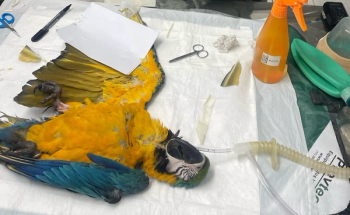
Leptospirosis: The entire canine population is at risk
According to data from public health veterinarian Dr. Emilio DeBess, more than half of the canine leptospirosis cases recorded between 2007 and 2011 had unknown exposure risks.
The demographic data on canine leptospirosis cases is
In other words, the entire canine population is at risk. Check out the charts below for a more in-depth look at the numbers.
Getty Images
Newsletter
From exam room tips to practice management insights, get trusted veterinary news delivered straight to your inbox—subscribe to dvm360.






